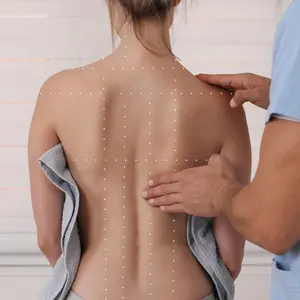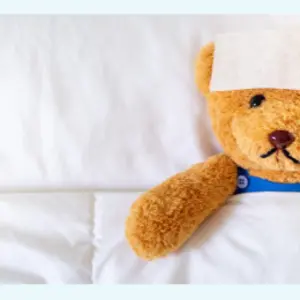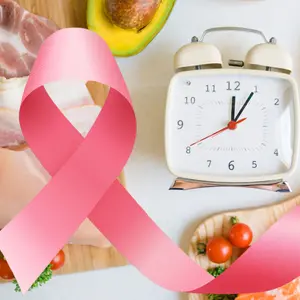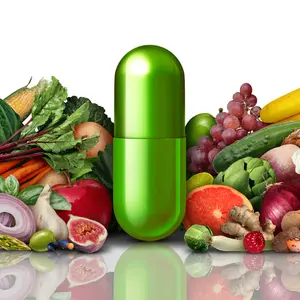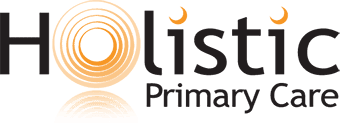
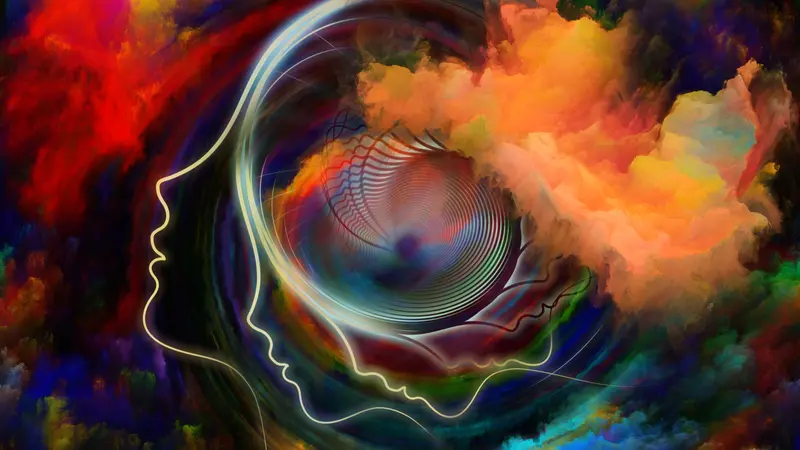

Integrative Health and Wellness

Integrative Health and Wellness
Providing Help at the Intersection of Pain Place and Depression Boulevard
Depression, anxiety, and chronic pain frequently co-occur, though the connection between them is not always apparent at the outset.
While most people experience physical pain at some point in their lives, in those with depression or anxiety, pain can become particularly intense and hard to treat. People suffering from depression, for example, tend to experience more severe and long-lasting pain than non-depressed people.
Approximately twice as many people who suffer from chronic pain such as arthritis are also affected by an anxiety disorder. The increased likelihood of anxiety has also been found among those with migraines, back pain, neck pain, and fibromyalgia.
The prevalence rates of chronic pain, depression, and anxiety have been rising steadily over the last decade. What the world is going through today, with the COVID 19 pandemic, has broken all records.
What Are the Connections?
- People who suffer from chronic pain who also have an anxiety disorder may have a lower tolerance for pain. They may also be more fearful of pain than people who do not have anxiety.
- Chronic pain is depressing, and likewise episodes of major depression may feel physically painful. Depression commonly occurs as a sequelum of chronic pain, and we need to address it, and not just focus on the physical symptoms, if we wish to improve outcomes.
- Research shows that physical pain actually shares some biological mechanisms with anxiety and depression. Serotonin and norepinephrine contribute to pain signaling in the brain and nervous system. They also are implicated in both anxiety and depression. Another neurotransmitter called Pituitary Adenylate Cyclase Activating Polypeptide (PACAP) is released in response to stress, and PACAP levels are elevated in response to chronic pain
- Mood disorders, especially depression and anxiety exacerbate pain perception.
- Anxiety negatively affects thoughts and behaviors, and this hinders rehabilitation. Being in constant fight-or-flight mode, which can happen with chronic anxiety, has negative consequences. Tensed muscles—a reflexive preparation to escape from danger quickly—become problematic when this becomes a constant condition. The chronic tension can result in musculoskeletal pain, tension headaches, and migraines.
The constellation of physical pain, depression, and anxiety creates a complex situation. But there’s a lot we can do to help our patients who suffer from this triad. Here are some tips I’ve found to be helpful in supporting people to reach their desired goals of health and happiness:
- Alkalinize: Maintaining a 1st morning pH on the alkaline side ensures that the body is in an “acid-alkaline balance” and prevents metabolic acidosis. Increased acidity can affect the amygdala (fear control center), where certain acid-sensing ion channels increase the propensity for anxious episodes and panic attacks. Keeping the 1st morning urine pH between 6.5-7.5 can also help keep physical pain in check. Choose foods wisely, and incorporate alkalinizing foods like nuts, seeds, sprouts, and green vegetables whenever possible. Do not forget to hydrate with mineral-rich water, and can the canned and bottled sugar-saturated sodas.
- Magnesium and Choline Citrate: The importance of magnesium is grossly under-recognized. It is so versatile in its functions, and it can help mitigate anxiety, insomnia, chronic stress, or inflammatory conditions. Magnesium decreases nerve pain. Since it is a muscle relaxant, it helps with muscular pain as well. Magnesium deficiency is often what leads to muscle stiffness and cramps in the first place. Magnesium also contributes to blocking N-Methyl d-Aspartate (NMDA) receptors, which have a role in pain perception. I recommend magnesium citrate glycinate and ascorbate taken along with choline citrate to optimize absorption.
- Polyphenols: This group of plant compounds includes flavonoids like quercetin dihydrate, and flavanols like oligomeric proanthocyanadins (OPC). They are linked to improved cognitive health and mental function. They also have a profound antioxidant function and can decrease inflammation. Polyphenol supplementation is helpful for someone who is fraught with pain.
- Amino Acids: The compound s- adenosyl methionine (SAMe) is made by the body from the amino acid methionine, and it is effective in reducing symptoms of depression, anxiety, and even the pain associated with osteoarthritis. While many practitioners prefer using SAMe as a supplement, I recommend using free amino acids like methionine, glycine, and aspartate so the body is empowered to make its own SAMe.
- Support Methylation: Impaired methylation is one of the causal factors in chronic pain syndromes. Consequently, I recommend supplementing with vitamins B12 (hydroxocobalamin form), B6, and folate. This, combined with magnesium and nutrients for SAMe production, will support methylation cycles.
Thinking & Doing
It can be difficult to keep a positive attitude during challenging times such as these, especially if one is experiencing chronic physical pain, depression, or anxiety. I focus on these three approaches, which combined, can help a lot:
Physical Movement: So many studies have shown that physical activity boosts mood and alleviates anxiety. As little as 30 minutes per day can be really helpful. The challenge is that people with chronic pain tend to avoid exercise. And the less active they become, the greater their risk of injury, worsening pain, and prolonged depression.
For people in this situation, I recommend gentler movement therapies known to be effective for pain relief such as Pilates, Feldenkrais, Trager, Alexander, and Bowen technique. Massage and other such bodywork that re-educates the brain into realizing that it is now “safe” to move freely can also be helpful.
Nurturing Neurochemical Harmony: There are many approaches for balancing neurotransmitters, and creating a better balance between sympathetic and parasympathetic activity. I’ve found the following to be quite helpful:
Green Light Therapy: Light therapy has been used by scores of therapists for various benefits. I particularly like using dichromatic PAR 38 lamps that emit light in the green part of the spectrum, as these wavelengths play a role in harmonizing and calming the pineal gland. Laying under this type of light, which passes through the retina, for 15-20 minutes per day can improve sleep and concentration, and even support healthy digestion and biodetoxification.
Active Meditation: Meditation helps to balance neurotransmitters such as oxytocin, acetylcholine, norepinephrine and others that are involved in the fight or flight response.
Breathing: People who are anxious tend to breathe in their upper lungs (upper chest) with shallow, rapid breaths. Breathing like a baby, with deep diaphragmatic breaths is what we need to do. Lower chest (diaphragmatic) or abdominal breathing is the ideal way to fill the lungs with air slowly, provides for sufficient oxygen intake and controls the exhalation of carbon dioxide. This technique engenders calmness and can be done at any time. It also has an extremely therapeutic effect on chronic pain, by helping to relax the muscles which tense up under stress.
Positive Thinking: While this can seem impossible at times, it is very important. Positive states can be nurtured by:
- Trusting yourself – most importantly not focusing on negative thoughts
- Feeling gratitude for the things we have. Gratitude can instill happiness and positive emotions, but also improve sleep quality and blood pressure
- Staying grounded- sometimes helping others can help us keep our feet on the ground and release us from our own worries and stressors.
REFERENCES
Jaffe, R. (2020, December 10). Providing help at the intersection of Pain Place & Depression Boulevard. Holistic Primary Care. https://holisticprimarycare.net/topics/prevention-practice-pearls/providing-help-at-the-intersectio…





